Tractor trailers are integral to our logistics and transportation industries, serving as the backbone for moving goods across the nation. Understanding their dimensions is crucial for various stakeholders, including manufacturers, fleet operators, logistics managers, and road construction teams. This article delves deep into the specifics of tractor trailer heights, breaking down relevant factors, regulations, and practical implications.
Overview of Tractor Trailer Dimensions
Tractor trailers, often referred to as semi-trucks, consist of two main sections: the tractor (the front part which houses the driver and engine) and the trailer (where cargo is stored). When considering their height, it is essential to look at a multitude of factors including regulations, cargo types, and equipment configurations.
| Component | Typical Heights |
|---|---|
| Tractor | 13.5 to 14.5 feet |
| Trailer | 13.5 to 14.5 feet |
| Combined Height | Approximately 13.5 to 14.5 feet |
Standard Heights and Regulations on Tractor Trailers
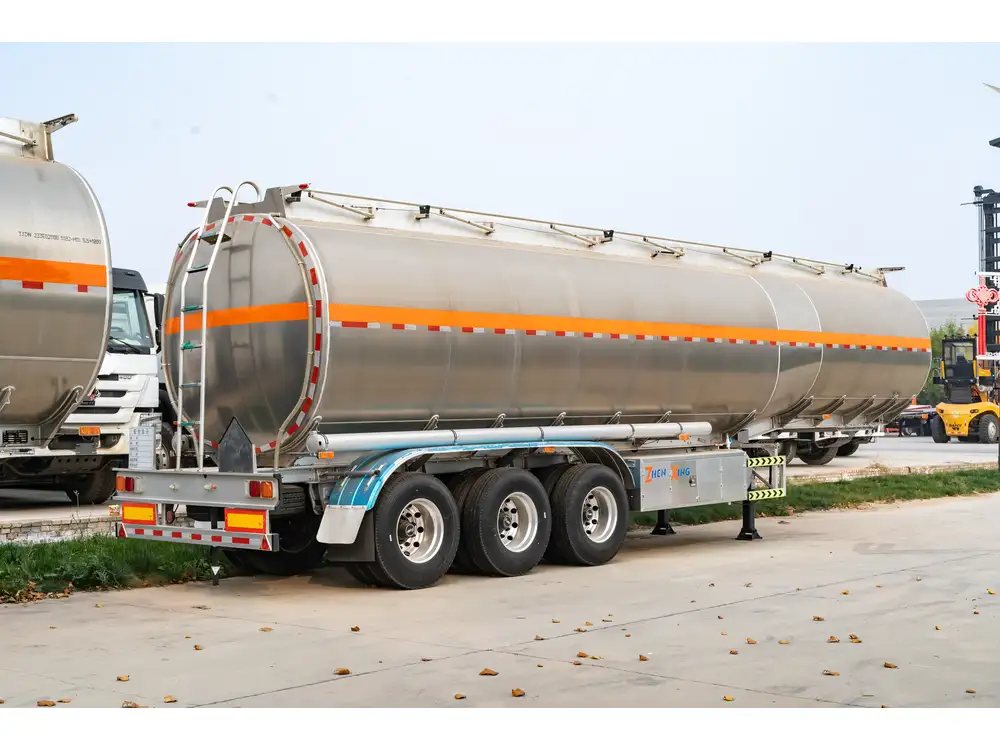
Federal Guidelines
In the United States, the Federal Highway Administration (FHWA) stipulates certain height regulations for commercial vehicles. The key points include:
Maximum Height Limit: The federal limit for a tractor trailer’s height is 13.5 feet (or 162 inches). This is designed to ensure safe passage beneath overpasses, bridges, and other infrastructure.
Variations by State: While the FHWA sets federal standards, individual states have the authority to impose additional restrictions, which may lead to different height limits in various regions. For example, some states allow heights of up to 14 feet, but this is generally an exception rather than the rule.
Understanding Height Variations
The height of tractor trailers can vary based on several factors:
Type of Trailer: There are various types of trailers such as flatbeds, box trailers, and refrigerated units, and each can have different dimensions based on their design and purpose.
Load Type: The nature of the cargo can also impact how high the trailer may sit. For instance, loads requiring special equipment, such as an elevated platform, may alter the overall height.
Suspension System: Different suspension systems can lead to variations in height, particularly when trailers are loaded. Systems that allow for adjustable heights may change how the vehicle stands once it is filled with cargo.
Height Measurement Techniques
To ensure compliance with height regulations, it is important to employ accurate measurement techniques. Here’s how to do it:
Using a Measuring Tape or Laser Level: Place one end of the tape at the ground level and extend it to the highest point of the trailer, taking care to account for any cargo that might extend the overall height.
Checking Manufacturer Specifications: Each trailer will have specific height specifications. Consulting the manufacturer’s datasheet can provide insights into pre-loaded heights.
Routine Inspections: Regular inspections and measuring can help fleet operators maintain compliance with height regulations. This ongoing maintenance is crucial to prevent fines and enhance safety.
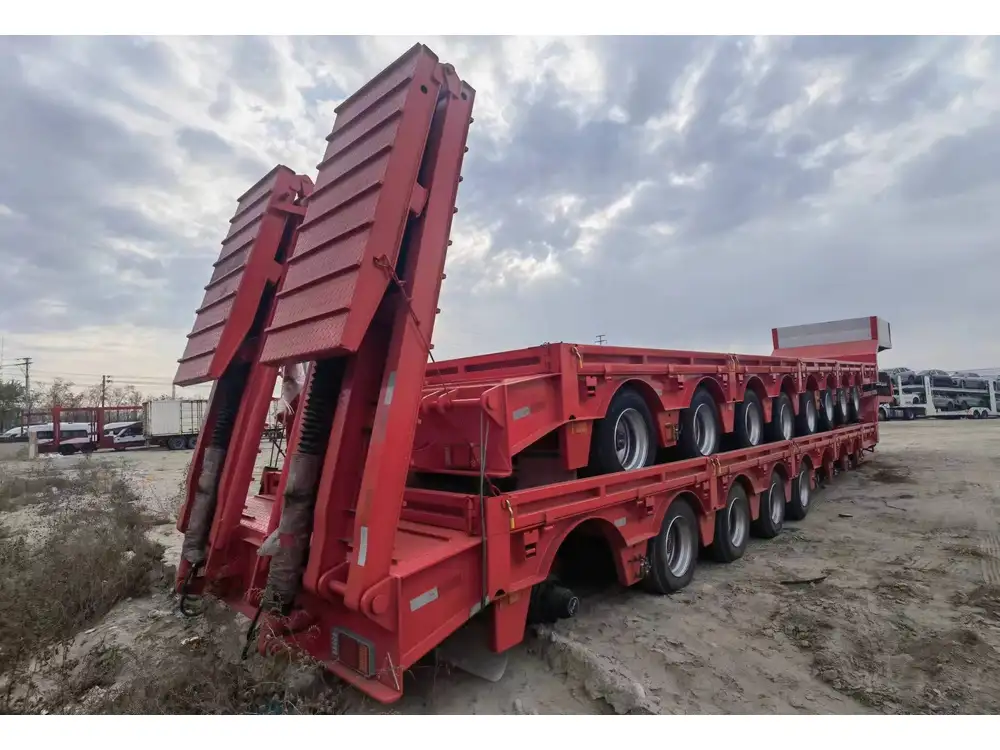
Practical Implications of Tractor Trailer Heights
Understanding the height of tractor trailers extends beyond compliance; it has significant practical implications.
Infrastructure Considerations
Bridge Clearance: Infrastructure engineers must consider vehicle heights when designing bridges and tunnels. Knowledge of standard heights assists in enhancing road safety and preventing accidents resulting from vehicles colliding with low-clearance structures.
Loading Docks: Commercial loading docks require compatibility with trailer heights. Docks must be designed to accommodate the height to facilitate seamless loading and unloading processes.
Fleet Management
Route Planning: Fleet managers should consider trailer heights when planning routes. Using height data helps avoid low bridges and overpasses that could hinder transportation efficiency or cause damage to the vehicle.
Cargo Safety: Monitoring trailer height can also ensure that cargo remains secure and within legal limits, maximizing safety during transportation.
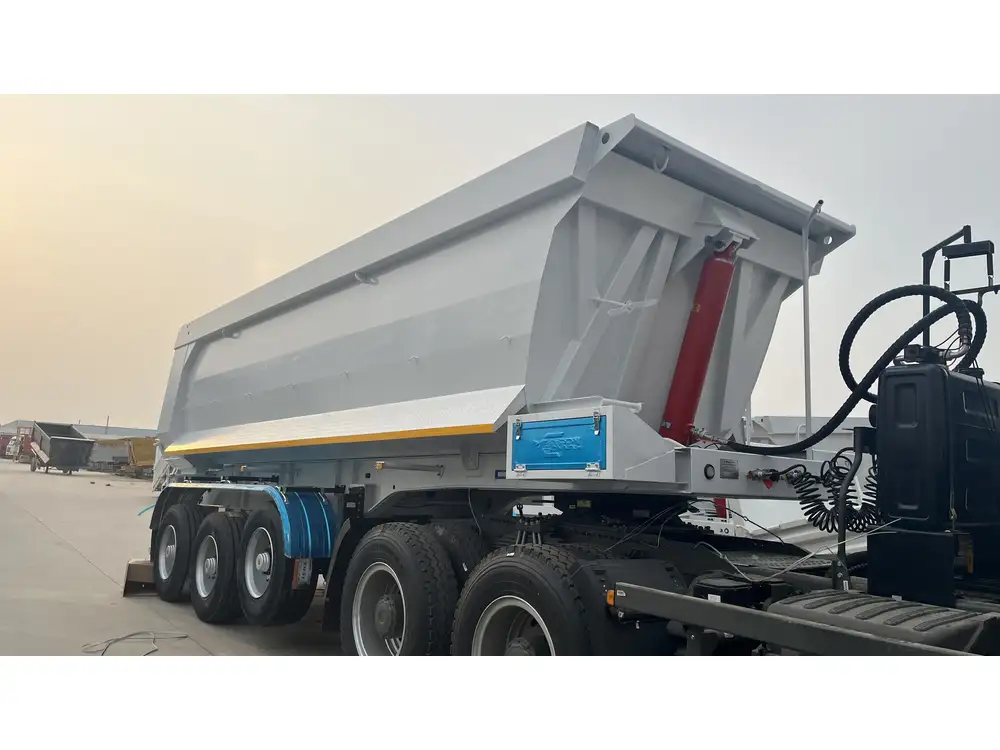
Height-Affecting Modifications and Equipment
Custom Trailers
Some companies opt for customized trailers that may exceed standard heights. Custom designs can be beneficial for specific cargo transportation, yet they come with their own set of regulations and challenges.
Equipment Add-ons
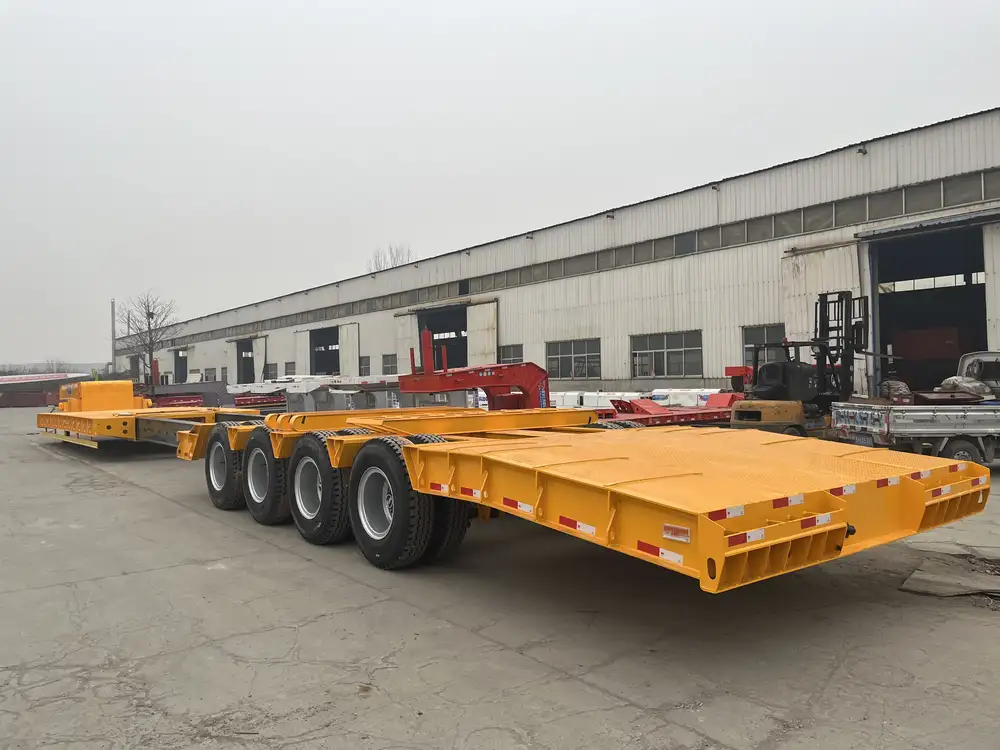
Lift Gates
Lift gates, which allow for easier loading, can add height to trailers. Companies must assess this added height against their operational requirements and compliance measures.
Roofing Options
Reinforced roofs or equipment attachments can significantly impact the height. Understanding how these aspects relate to overall trailer height helps manage both safety and compliance.
Comparison of Common Trailer Types and Their Heights
| Trailer Type | Typical Height Range |
|---|---|
| Standard Dry Van | 13.5 to 14.0 feet |
| Refrigerated Trailer | 13.5 to 14.5 feet |
| Flatbed Trailer | 13.5 feet |
| Lowboy Trailer | 12.0 feet |
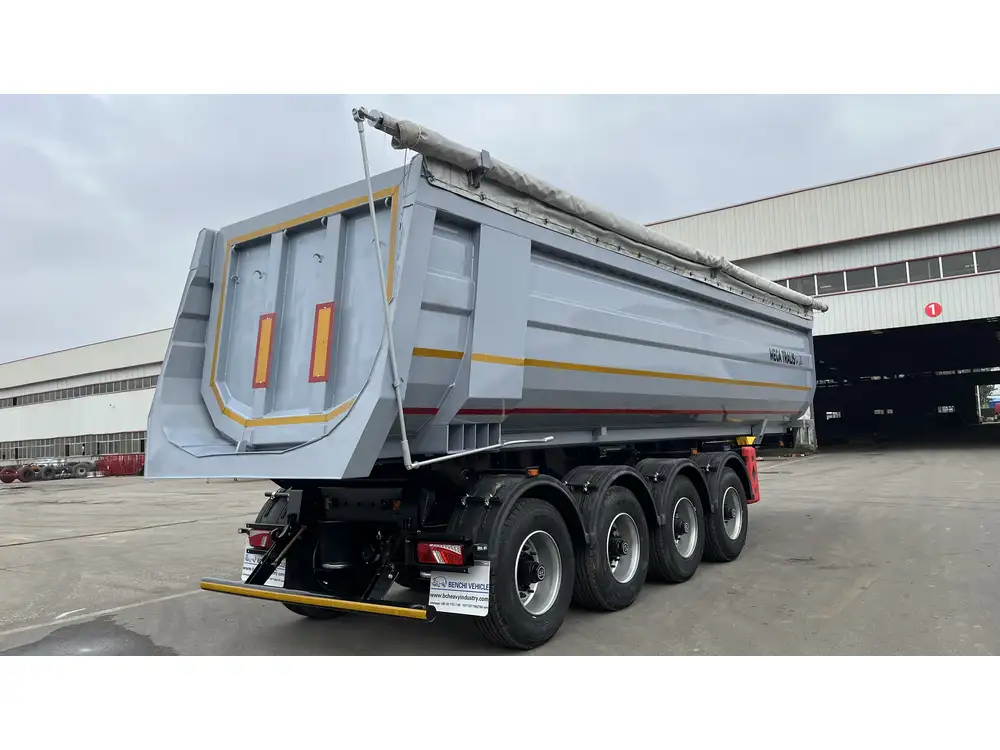
Evaluating the Best Trailer Type For Your Needs
Factors for Consideration
When choosing a trailer type, consider:
- Type of Cargo: The trailer type should match the nature of the cargo.
- Delivery Locations: Understanding the height restrictions at typical unload sites influences the suitability of trailer types.
- Cost-Effectiveness: Height adaptations can impact costs. Assessing whether equipment modifications are necessary can facilitate budget-friendly decisions.
Conclusion: The Importance of Tractor Trailer Heights
Understanding how tall tractor trailers can affect various facets of transportation—from infrastructure requirements to fleet operation efficiencies. Compliance with regulations is crucial, but so is a strategic approach to managing transportation logistics, ensuring safety, and optimizing performance.
In the ever-evolving landscape of commercial transportation, maintaining accurate knowledge of tractor trailer heights offers not just compliance, but a competitive edge in the industry. By focusing on the multifaceted implications of height in tractor trailers, manufacturers, fleet owners, and logistics providers can significantly enhance operational effectiveness, reduce risk, and ensure seamless transportation flow across the vast networks of freight movement.



